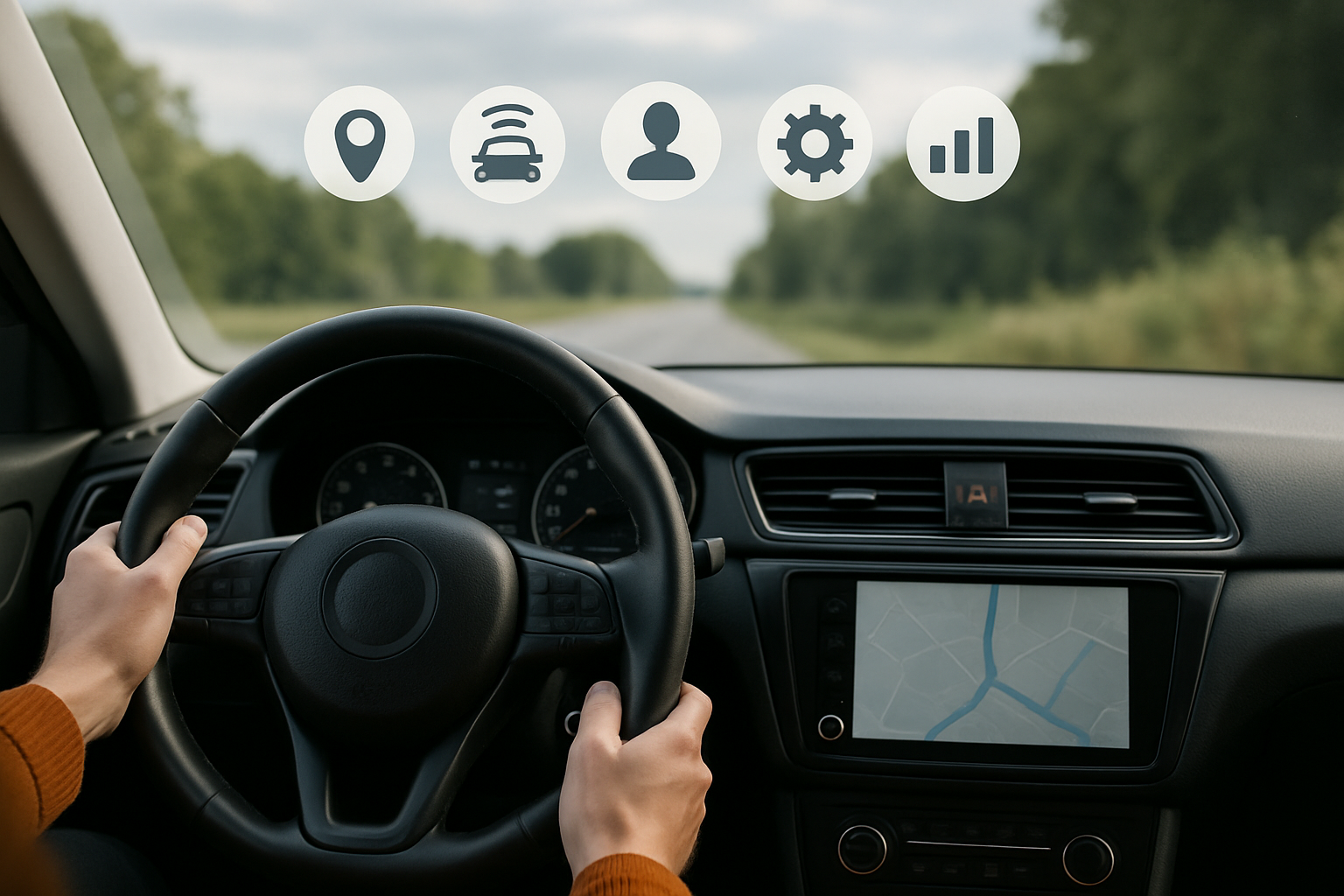Giving Vehicles a Sense of Touch
- Predicts road events far beyond the range of ADAS sensors
- Reveals hidden roadway risks – rough, wet or icy roads
- Reveals hidden vehicle risks – impending tire blowouts and more
- Creates innovative after-market services that improve customer satisfaction and unlock new data monetization models
Unprecedented Automotive Industry Challenges
Automotive OEMs face an era of radical industry and consumer change.
Advances in shared mobility, autonomous driving, electrification, and connectivity are disrupting the market and turning long-held business truths upside-down. Tactile Mobility helps automotive OEMs improve safety, gain market share, and develop new data-driven revenue models – all while leveraging existing on-board vehicle assets.
Vehicle-Road Sensing Eliminates Risk
Tactile Mobility’s software-only, ECU-embedded, low-footprint technology ingests, fuses and analyzes data from dozens of existing onboard vehicle chassis sensors.
Using a pipeline of signal processing, machine learning, physical modeling, proprietary algorithms and sophisticated qualifiers, Tactile Mobility delivers a wide range of insights about vehicle health, road quality, and driver behavior. This data is also uploaded in real-time to the Tactile Cloud, producing crowdsourced insights that can alert others of road risks.
New Revenue Models: VehicleDNA and SurfaceDNA
Already in active use in vehicles from BMW, Porsche, Ford, Toyota, and others worldwide, as well as Tier-1s like Nexteer and more. The Tactile Mobility platform turns vehicles into real-time mobile road probes that create valuable and monetizable insights about both roads and vehicles.
By uploading virtual sensor data from multiple vehicles to the cloud and analyzing it – together with data from hundreds of thousands of other vehicles – Tactile Mobility learns each vehicle’s core behavior (VehicleDNA™) and interprets relative road conditions and characteristics (SurfaceDNA™):
VehicleDNA
Tactile Mobility creates a digital twin of each vehicle, clarifying vehicle health and efficiency including: Grip level, Braking efficiency, Tire health, Weight estimation, Fuel consumption, Engine efficiency and more.
SurfaceDNA
Tactile Mobility produces a map-aware digital representation of roads including road attributes, surface weather response and hazards (bumps, cracks, potholes, ice, etc.).
 Use Case: Accurate Grip Level Estimation
Use Case: Accurate Grip Level Estimation
Tactile Mobility uniquely offers real-time crowdsourced Grip Level Estimation – especially suitable for autonomous vehicles. Grip level governs the behavior of a vehicle on a road surface – how hard it can brake, how sharply it can turn, and how quickly it can accelerate without losing grip.
Until now, grip level assessment could only be conducted by systems like ABS (in emergency braking situations only) or by a human driver. Tactile Mobility offers OEMs proven high-accuracy, high-availability Grip Level Estimation that improves the safety and efficiency of autonomous vehicles.
The Benefits of Data: Safety, Efficiency, Driver Experience
- Real-Time Data – Real-time tactile sensing and data analysis offers safer driving based on improved grip level, smarter braking, adaptive cruise control, more effective drivetrain management, adaptive suspension systems, and more.
- Vehicle Data – Tactile Mobility’s vehicle data feed offers enhanced after-market maintenance recommendations, based on actual trends and anomaly indications like variations in power performance, tire health, fuel consumption, brake functions, and more.
- Surface Data – Surface data from Tactile Mobility enhances safety by enabling smart and autonomous vehicles to “feel ahead” based on tactile pavement rating and pothole allocation maps, created from crowdsourced vehicle data.



